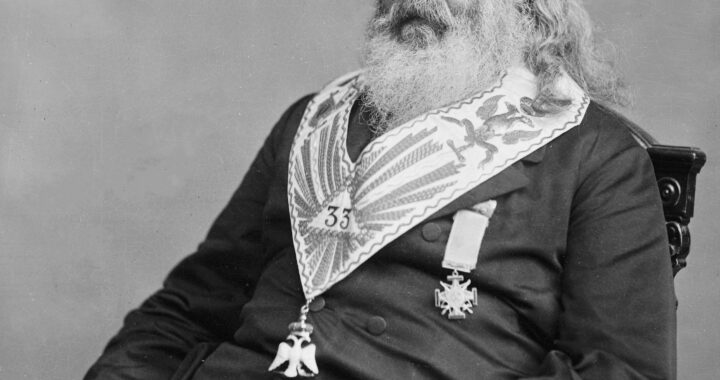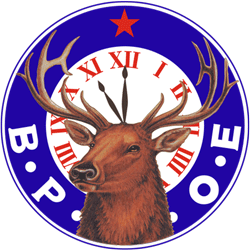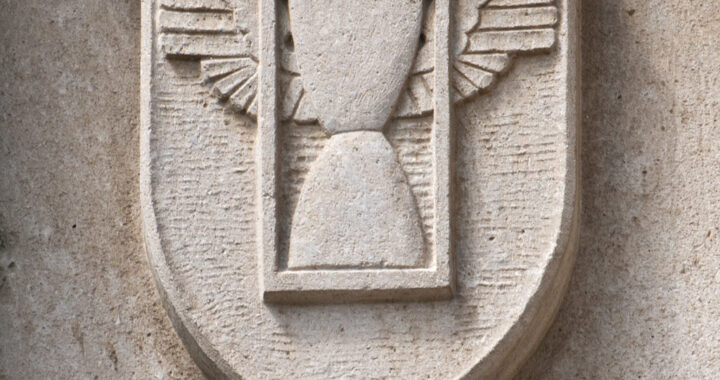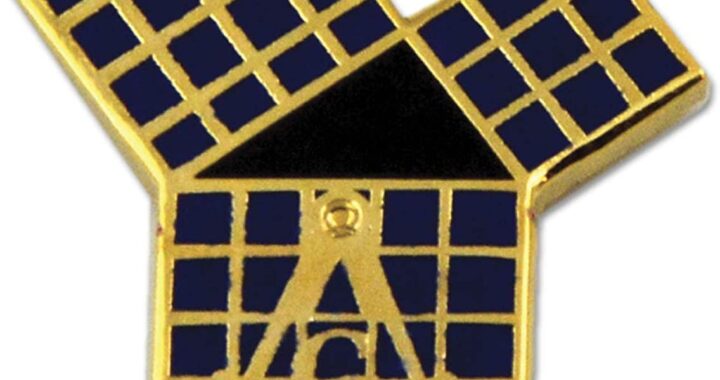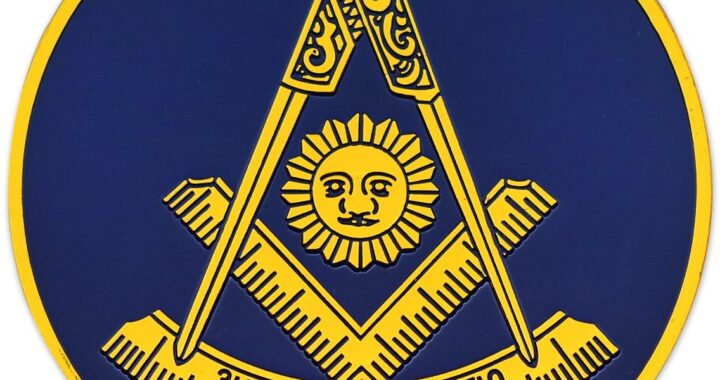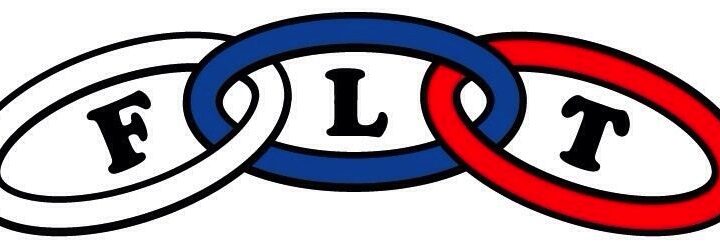Albert Pike (December 29, 1809 – April 2, 1891) was a Renaissance man who was a writer, orator, lawyer, jurist and Confederate general. He is most famous for his copious writing on Freemasonic philosophy and symbolism. He served as the Grand Commander of the Scottish Rite Southern Jurisdiction from 1859 to 1889. During this time he rewrote the rituals for the Scottish Rite degrees, in addition to publishing his most famous tome “Morals and Dogma”. In 1944 his remains were moved for internment to the headquarters of the Scottish Rite Southern Jurisdiction at the House of the Temple in Washington, D.C. Even though he was the head of the Sottish Rite Southern Jurisdiction, it is important to stress the fact that there is no single leader or figurehead of Freemasonry as a whole. Some conspiracy theorists refer to him as a Masonic Pope, but nothing could be further from the truth.
Several controversies have swirled around Albert Pike over the years. While he was undoubtedly a man of his age who held certain believes that by today’s standards would be unpalatable, some of the bigger issues seem to be without proof. A rumor that he was involved with the Ku Klux Klan has never been substantiated. It has been rumored that Pike held certain offices in the KKK, but that has not been corroborated by historians who reviewed the membership roster “The Prescript”, also known as the Klan constitution.
In 1901 a statue was erected to celebrate Albert Pike as a Mason in Washington D.C. It was gifted by local Freemasons to the district and to the federal government. There was a desire by the citizens of Washington D.C., which was supported by the Scottish Rite Southern Jurisdiction, to remove the statue over the years, due to the controversy it sparked with his affiliation with the Confederacy. This request was not adhered to by the National Park Service which owned the land and monument, resulting in the toppling and burning by outraged citizens after the protests on July 2, 2020. These protests were inspired by the outrage after the murder of George Floyd.
No matter the shortcomings of the man himself, it is undeniable that Pike had a monumental impact onto the Scottish Rite in particular, and Freemasonry in general. His writings provide tremendous insight and inspiration to countless masons the world over.
As the preface of Morals and Dogma states: “Every one is entirely free to reject and dissent from whatsoever herein may seem to him to be untrue or unsound. It is only required of him that he shall weigh what is taught, and give it fair hearing and unprejudiced judgment.” It would be wise to approach the life and writings of Albert Pike with the same mindset.
More info:
https://en.wikipedia.org/wiki/Albert_Pike
https://en.wikipedia.org/wiki/Albert_Pike_Memorial
